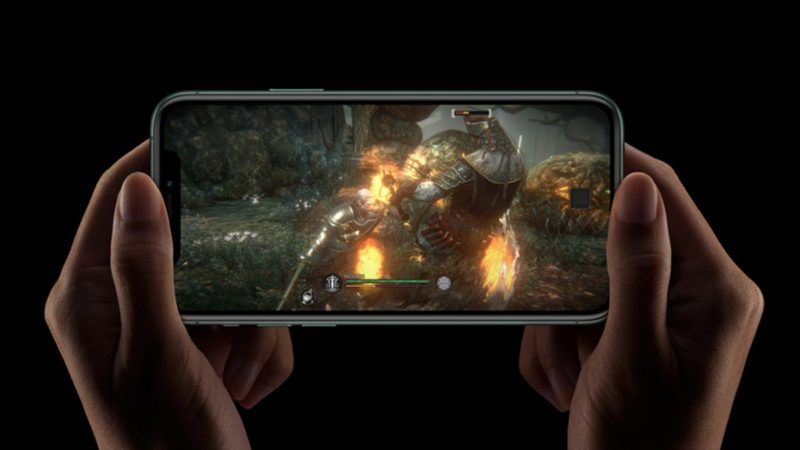We have got a lot of rumors about this year’s Apple flagship phone iPhone 12, and if it follows the trend line of A11, A12 and A13, the processor (A14) might be faster than a 15-inch MacBook Pro.
What features and specs are expected from iPhone 12?
Combining all the rumours, the design of Apple’s next smartphone will be similar to the tough design of iPhone 4 or current iPad Pro; the new time of flight sensor that will be placed on the backside can improve AR performance and portrait mode photos. iPhone 12 is also expected to have 6 GB RAM, 5G connection support and A14 processor with 5nm architecture.
A 5nm wonder: How fast will A14 be?
What does 5nm process mean for a smartphone? A new analysis suggests that this could mean that the iPhone 12 will be even more powerful than the 15-inch MacBook Pro.
Upgrading from a 7-nanometer manufacturing process to a 5-nanometer may not sound like much progress, but it actually is a major upgrade. The smaller the manufacturing process, the more the number of transistors are. So the 5nm process means that the A14 chip may have 12.5 billion transistors, which is more than current desktop and server CPUs in Mac line. It will also help Apple to reduce the total chip area to 85 mm2, which will greatly improve its performance, especially in multi-core, decrease the thermal signature and a 5nm chip will need less power to run compared to a 7nm one.
According to an analysis by Jason Cross from MacWorld, if Apple follows the trend line of A11, A12 and A13, the new chip may be 15 percent faster than a 7nm chip or use 30 percent lower power at the same performance. Also in Geekbench, a benchmark tool for mobile devices, the multi-core score of iPhone 12 might be somewhere between 4,500 to 5,000 points. Right now, the fastest Android phones score around 3,000, so it would be a big hit for Apple. A score around 5,000 is where 6-core mainstream desktop PCs or high-end laptops are, such as 15-inch MacBook Pro.
How is Apple iPhone 12 GPU expected to perform?
In addition to the processor, more transistors in the GPU and 6 GB of LDDPR5 RAM (30 percent faster than a LDPPR4x RAM used in the iPhone 11) can improve the gaming performance by about 50%. We can also expect an improvement in image processing and neural engine too. It is expected that A14’s performance in machine learning will be at least twice of A13.
The rest of the expectations and rumours are Wi-Fi 6, Bluetooth 5, NFC, and ultra-wideband (UWB) connection.





